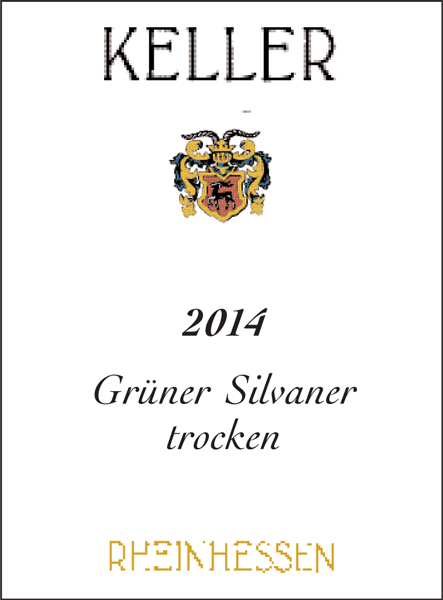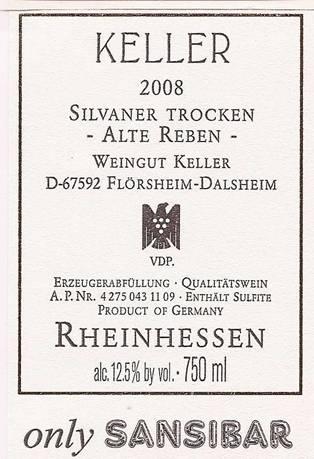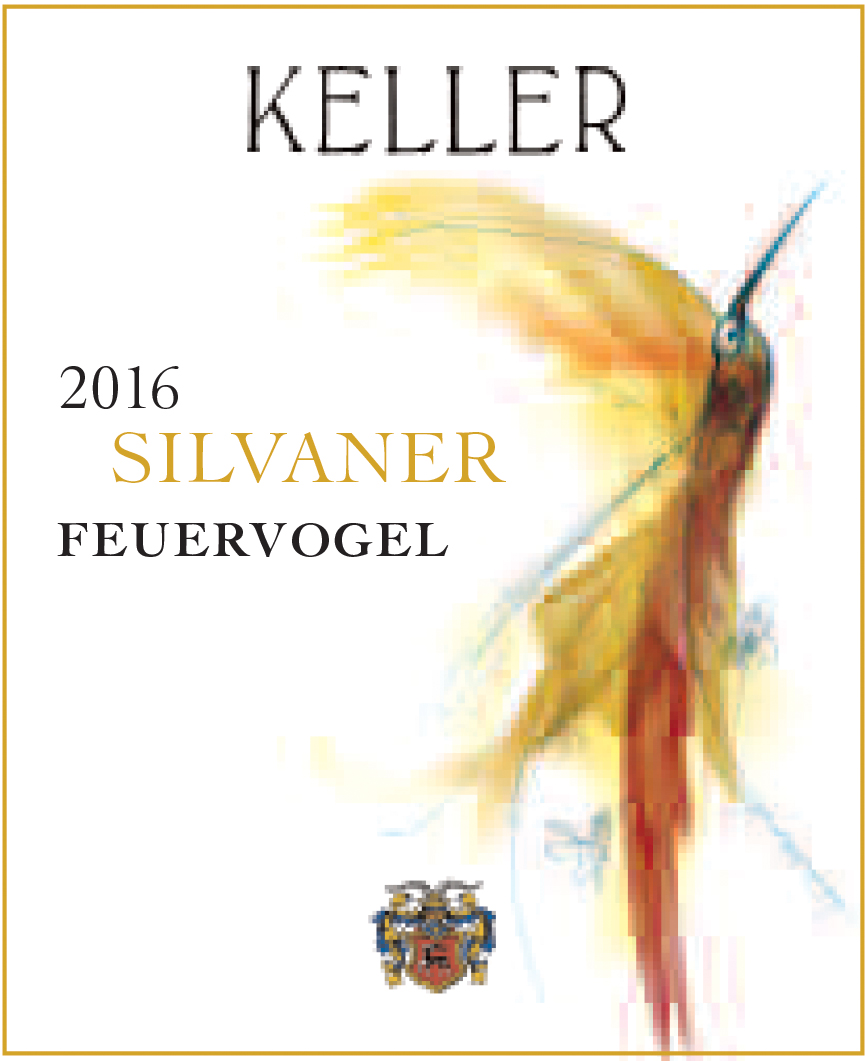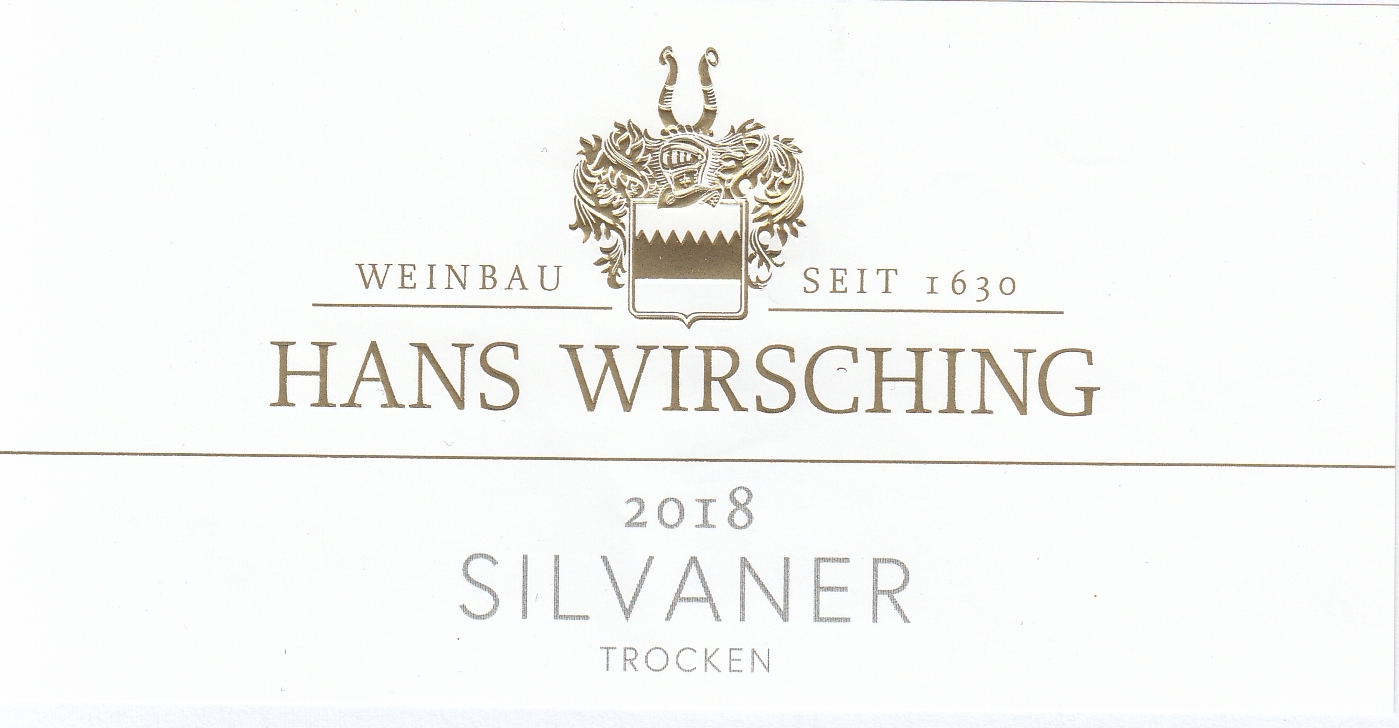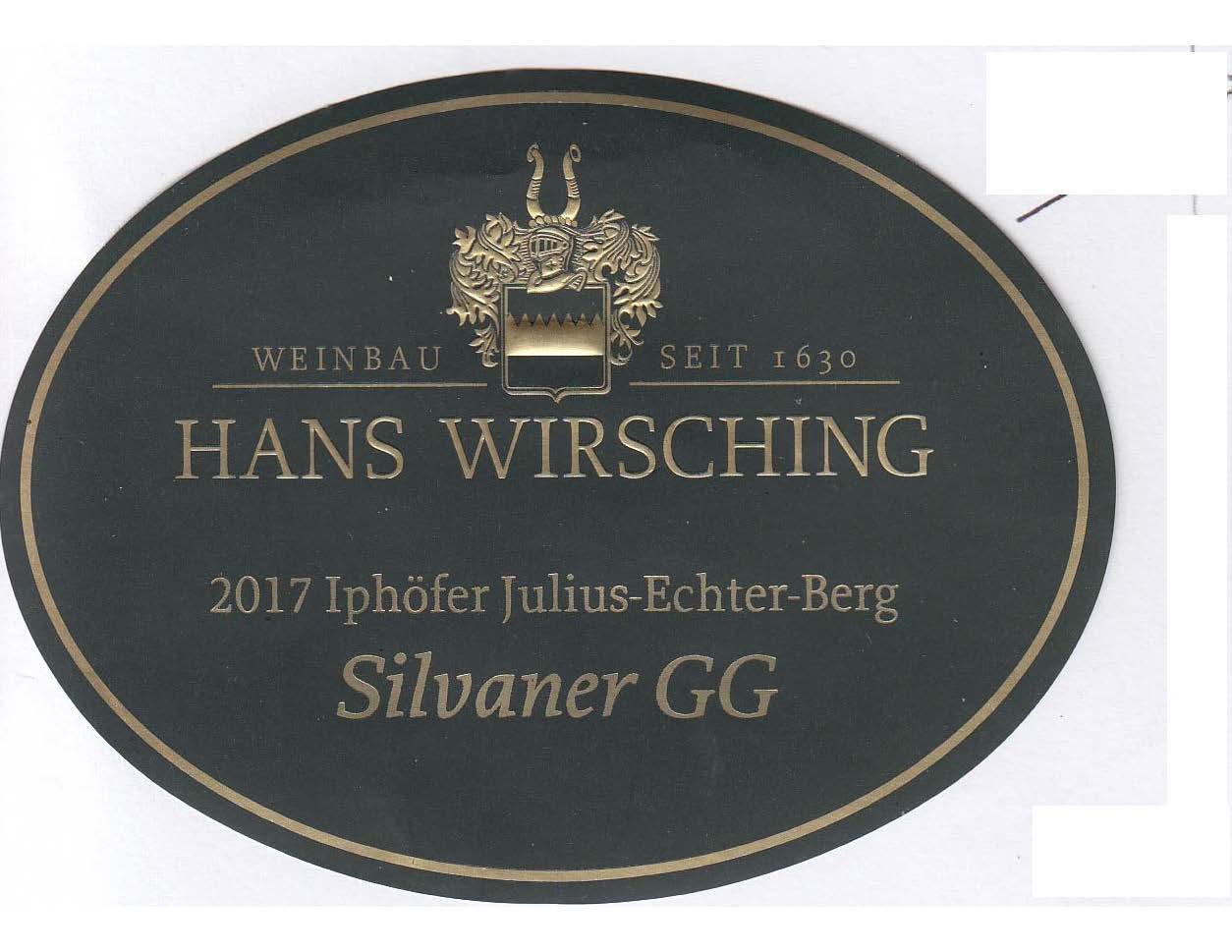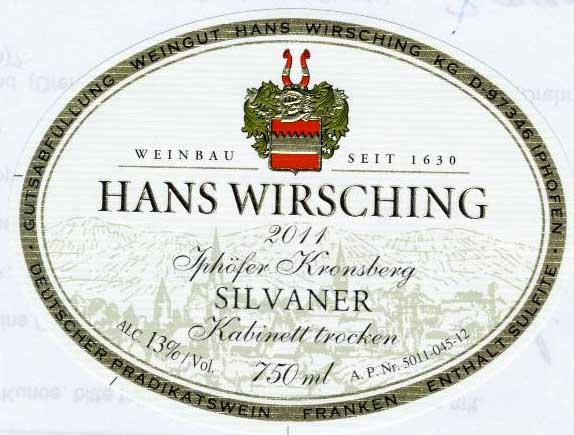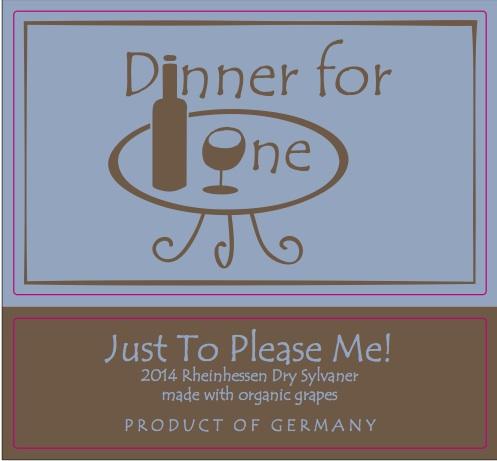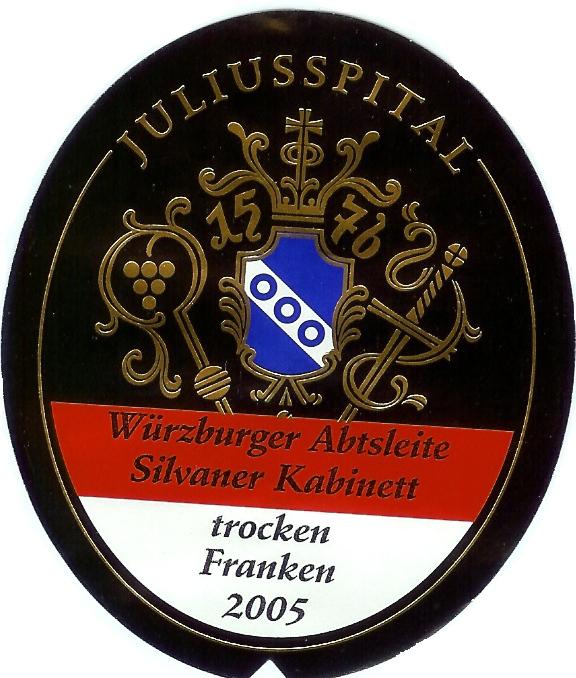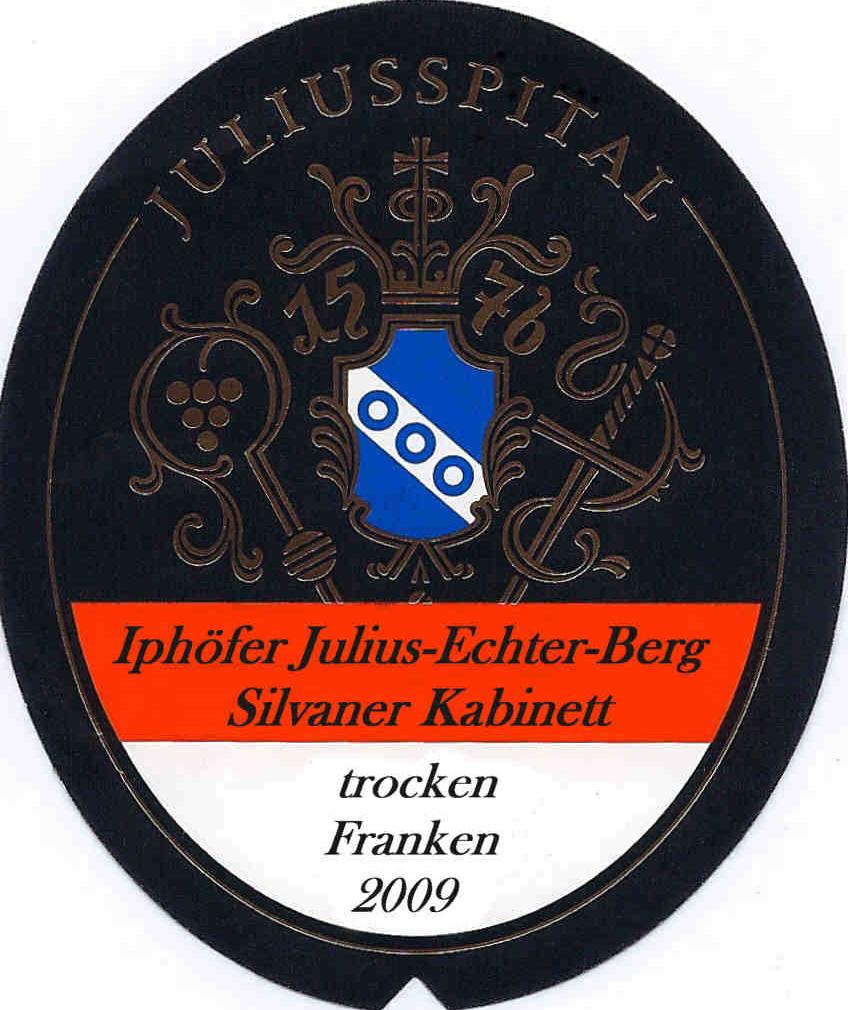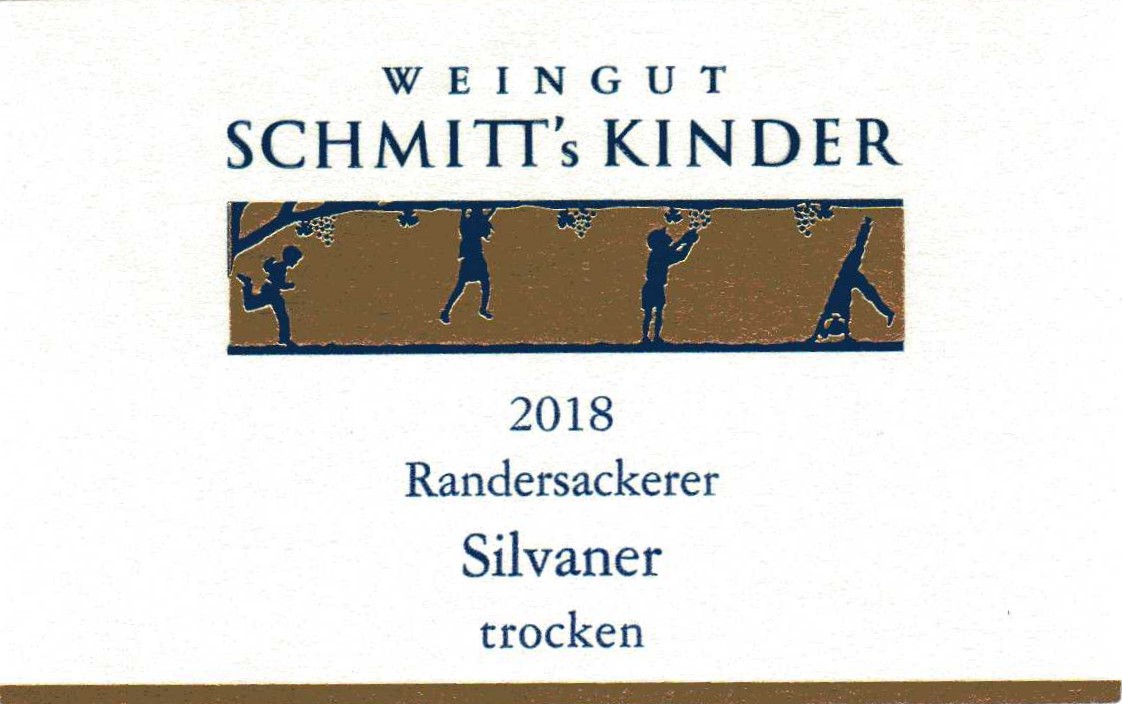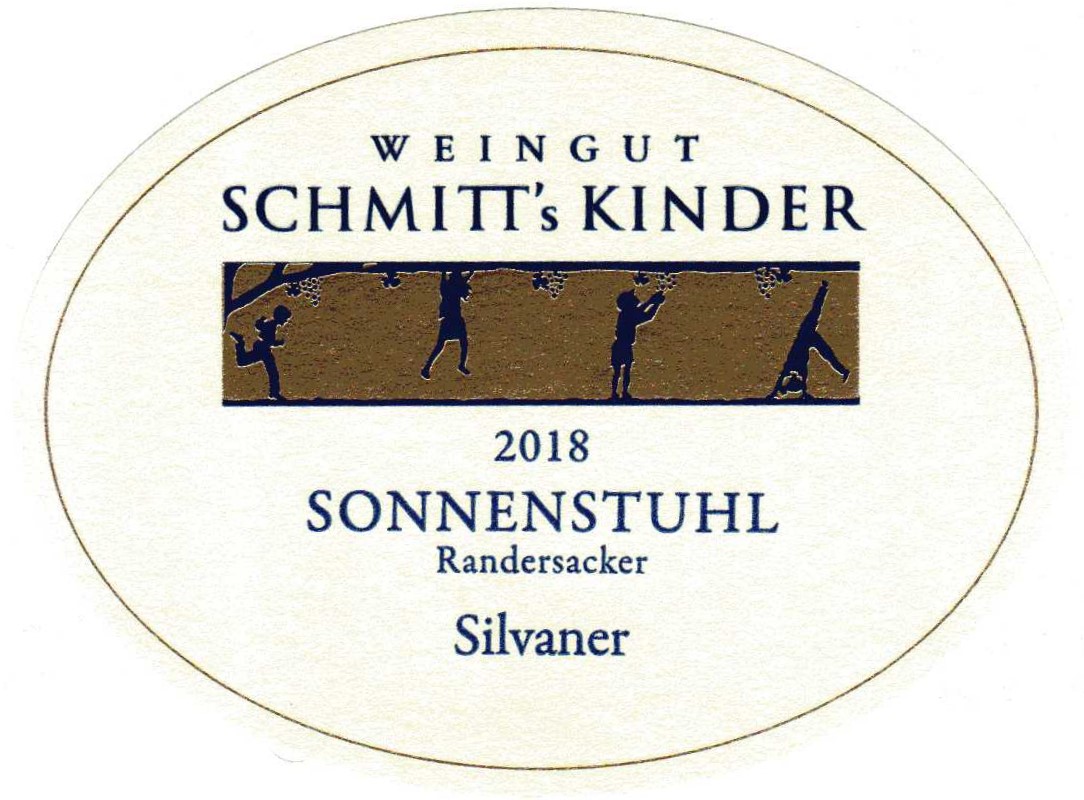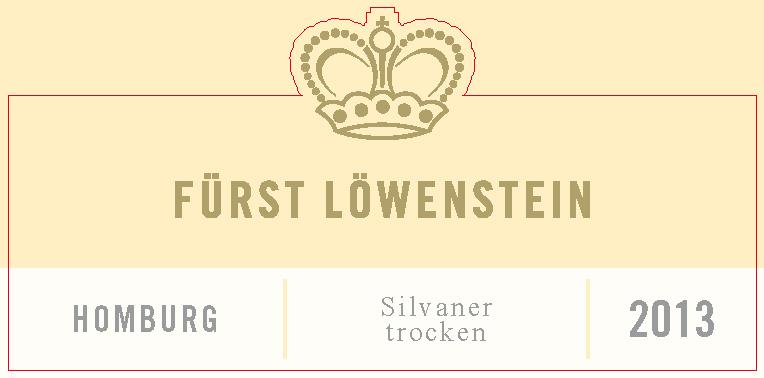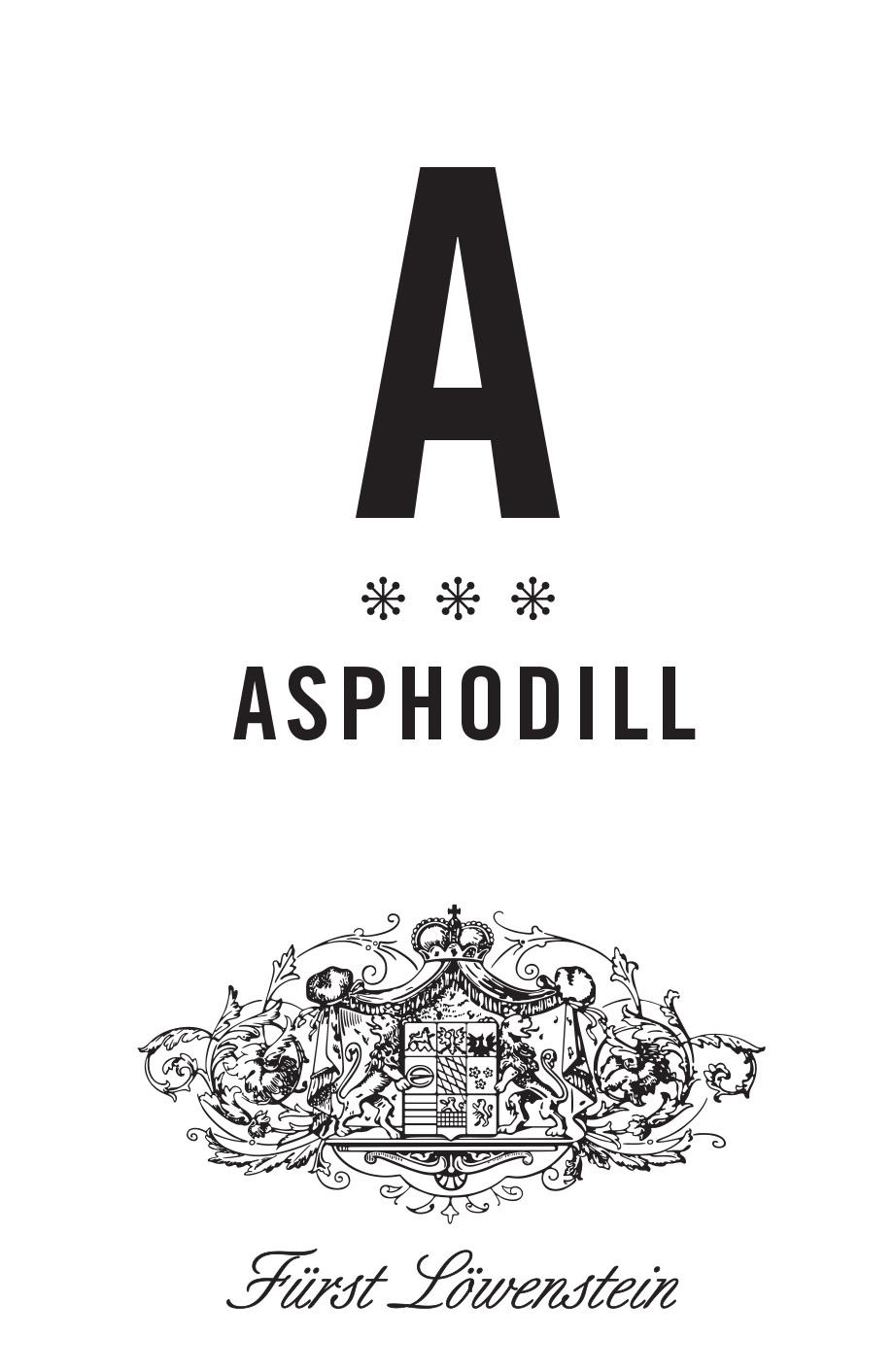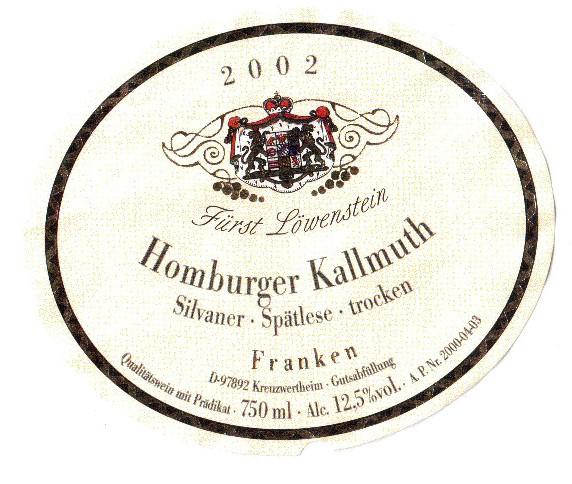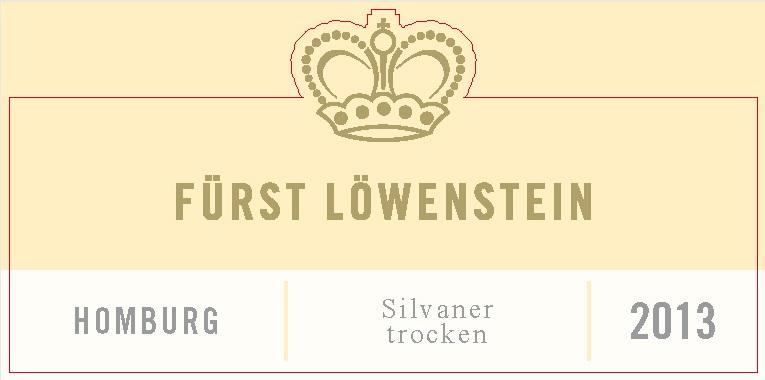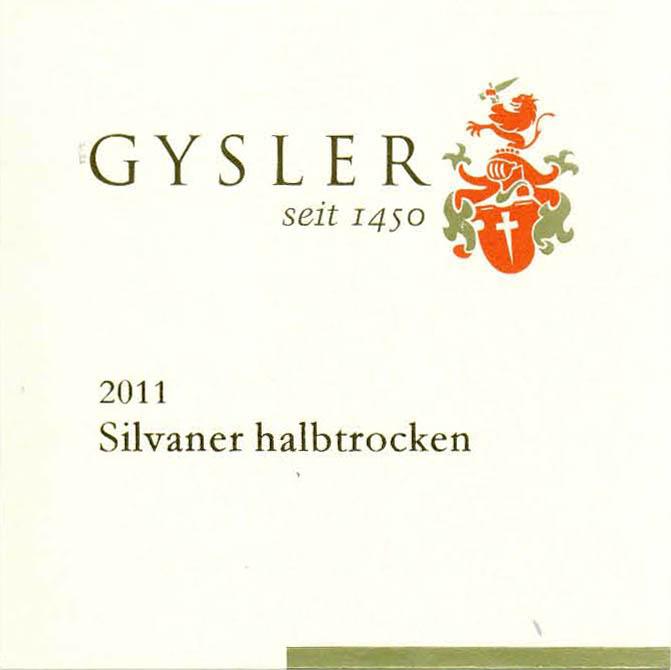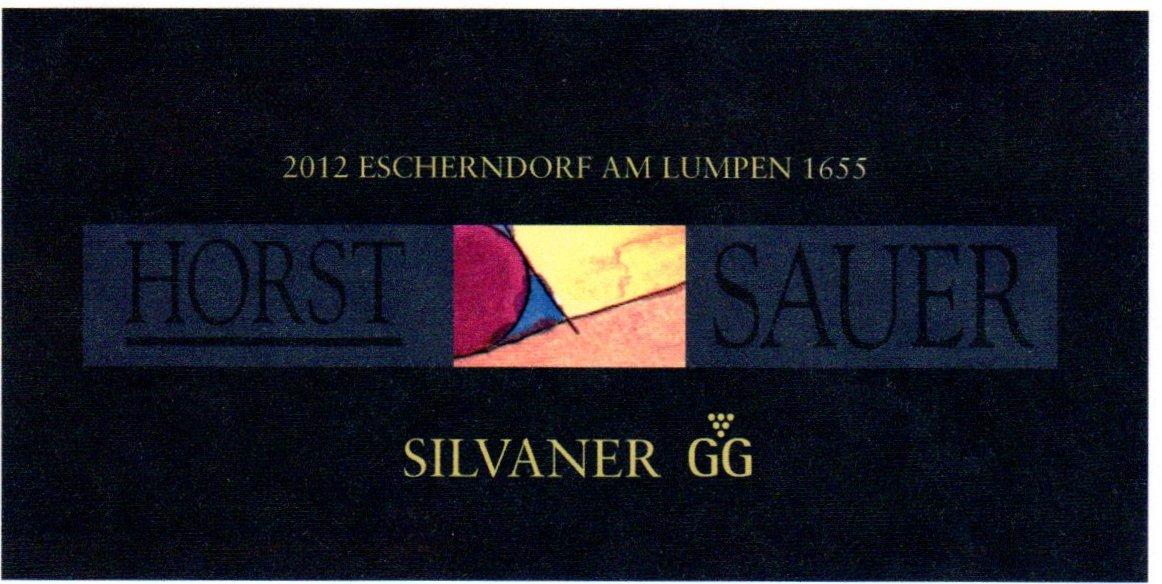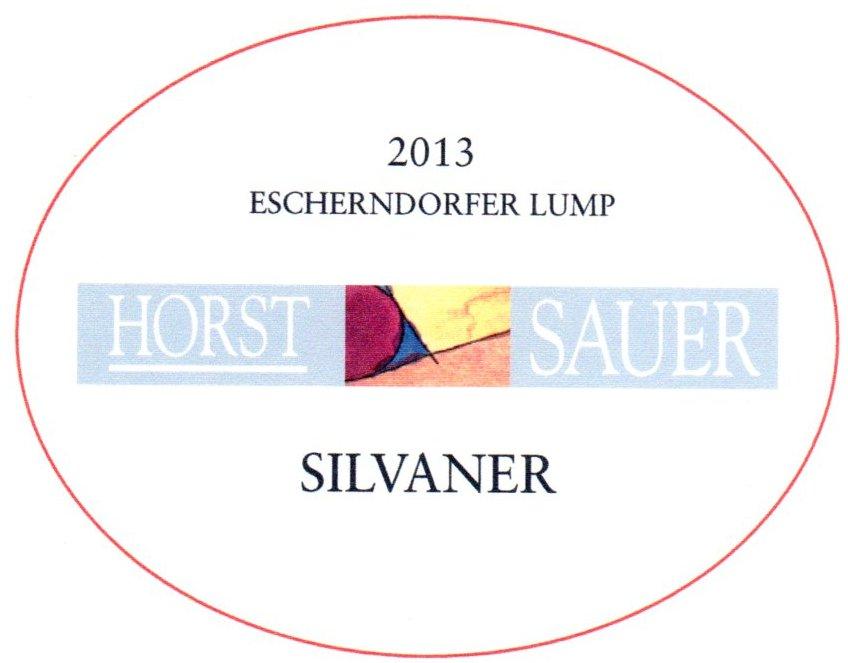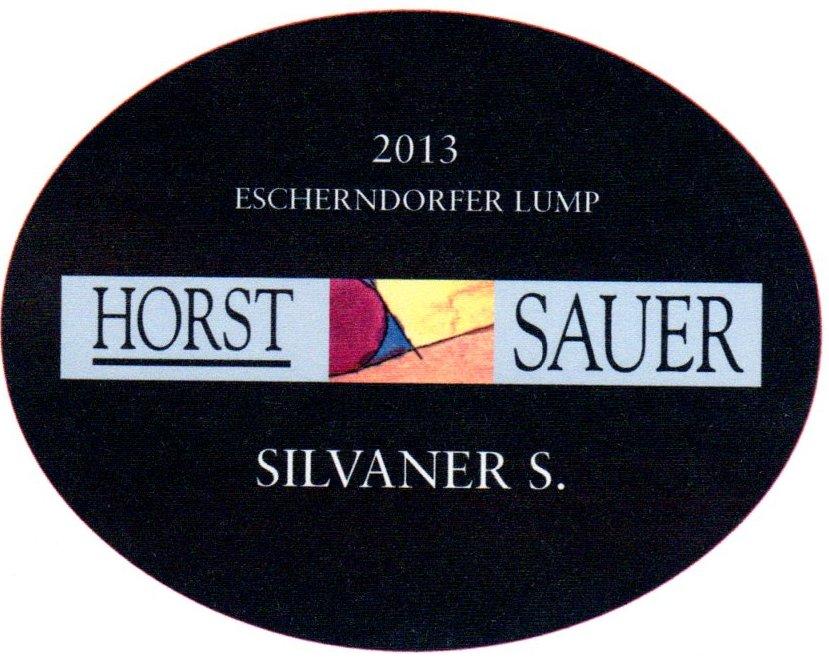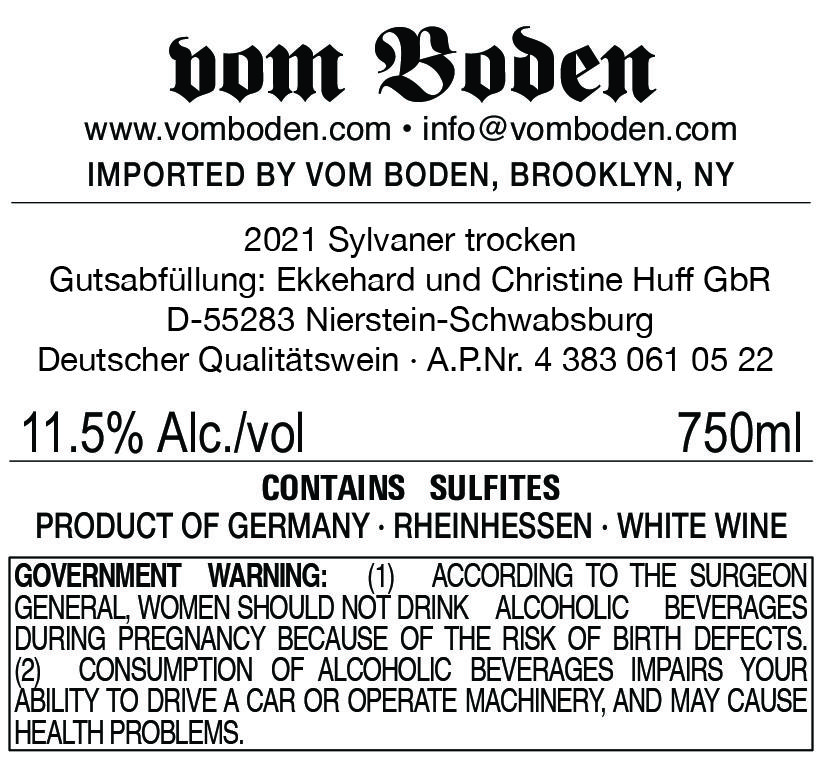Characteristics of Silvaner
Silvaner is a grape that truly reflects its environment, offering a subtle but expressive canvas for terroir. Generally a vigorous vine, Silvaner ripens early—about one to two weeks before
Riesling—and thrives in cooler sites, though its early budbreak makes it vulnerable to spring frost.
High yields can lead to neutral wines, so careful vineyard management and lower yields are essential to coax out delicate notes and greater depth. The grape is susceptible to mildew and Botrytis, but its sturdy stems allow for late-harvest styles, resulting in white wines that quietly reward attention and showcase both the grower's skill and the character of the land.
What Does Silvaner Taste Like?
Silvaner’s expression is shaped by both its regional origins and the climate in which it’s grown: Silvaner from
Franken, especially those rooted in Keuper soils, often shows a distinctive earthy undertone alongside hallmark minerality—flint, chalk, or a subtle salty tang—complementing gentle orchard fruit notes like apple, pear, and quince.
Herbal or vegetal nuances such as fresh-cut grass, celery, or fennel frequently appear, and delicate floral hints of blossom or chamomile add further complexity. The body varies from light and crisp in cooler climates or less ripe vintages, with medium-high to high acidity, to fuller and rounder in warmer conditions with riper fruit, sometimes enhanced by a smooth, creamy texture from lees aging.
Across styles, Silvaner finishes clean and persistent, leaving a lingering sense of minerality on the palate.
Notable Region Silvaner Grows In
The character of Silvaner is deeply shaped by where it is grown, with each region imparting its own unique style and expression to the grape.
-
Franken (Germany): Widely considered Silvaner’s spiritual home, Franken produces dry, structured wines with pronounced minerality and earthy depth, often bottled in the traditional Bocksbeutel.
-
Rheinhessen (Germany): Home to a broad range of Silvaner styles, from everyday sippers to refined, herbal-driven wines that reflect the region’s diverse soils.
-
Alsace (France): Here, Sylvaner is crafted into elegant, mineral-focused wines with crisp acidity and subtle notes of citrus and green apple, especially in old-vine and Grand Cru bottlings.
-
Alto Adige (Italy): In the cool Isarco Valley, Silvaner delivers pure, lively wines marked by fresh orchard fruit, herbal nuances, and a signature crystalline minerality.
Food Pairings
Silvaner is a wonderfully versatile wine, pairing easily with a wide range of foods thanks to its gentle aromas and lively acidity.
-
Fresh and Delicate Pairings: Silvaner goes well with spring vegetables like asparagus, green salads with vinaigrette, and dishes featuring fresh herbs, as well as freshwater fish such as trout and sea fish like cod or sole, plus shellfish including scallops, shrimp, and crab.
-
Regional Classics and White Meats: Fuller-bodied Silvaner from Franken matches heartier dishes like Alsatian onion tart, sauerkraut, German sausages, and charcuterie, and also complements lighter meats such as chicken, pork, and veal.
-
Cheese and Global Flavors: Its bright acidity and smooth palate make Silvaner a natural partner for cheeses like fresh goat cheese, ricotta, Brie, Camembert, and Gruyère, and it also pairs well with select Asian, Greek, and lighter Mexican dishes, while sweeter styles are delicious with blue cheese, fruit desserts, or foie gras.


